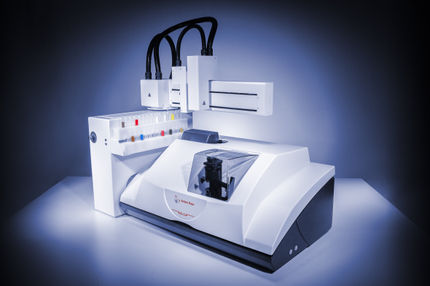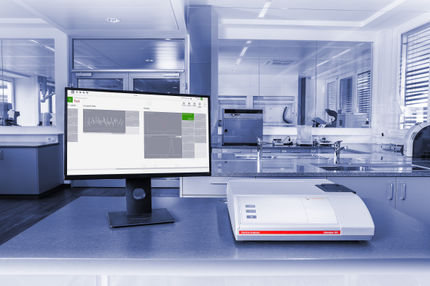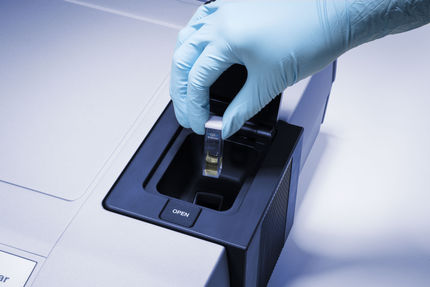Getting Particular about Particles and Porosity

Measuring micro-, meso-, and macropores
When a material is solid with no discernible pores, the surface area is easily derived from the geometric shape of the particles. Particle sizing techniques are often sufficient to give a clear picture of the particle characteristics and behavior. Anton Paar’s PSA particle size analyzers are often chosen to investigate the characteristics of non-porous materials.
However, the introduction of porosity into the material (either intraor inter-particle porosity) creates additional properties of interest. Surface area, in particular, is affected by the presence of pores. Instead of simply measuring the external dimensions of a particle, several types of pores must be taken into account and included in the surface area calculation. The presence of pores, and even undulations and step edges formed by a surface's roughness, can add a staggering amount of surface area to a particle. In fact, porous materials that have a significant volume of very small pores might exhibit a surface area larger than a football field – several thousand square meters per gram.
Why does porosity matter and how does porosity dictate which characterization method is best for different materials? Let’s find out by examining porosity and pore sizes from largest to smallest.
Download white paper now

Getting Particular about Particles and Porosity
Measuring micro-, meso-, and macropores
White Paper classification
White papers on related topics
Products on related topics
Webinars on related topics
See the theme worlds for related content
Topic World Particle Analysis
Particle analysis methods allow us to study tiny particles in various materials and reveal their properties. Whether in environmental monitoring, nanotechnology or the pharmaceutical industry, particle analysis gives us a glimpse into a hidden world where we can decipher the composition, size and shape of particles. Experience the fascinating world of particle analysis!

Topic World Particle Analysis
Particle analysis methods allow us to study tiny particles in various materials and reveal their properties. Whether in environmental monitoring, nanotechnology or the pharmaceutical industry, particle analysis gives us a glimpse into a hidden world where we can decipher the composition, size and shape of particles. Experience the fascinating world of particle analysis!







